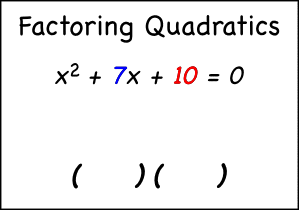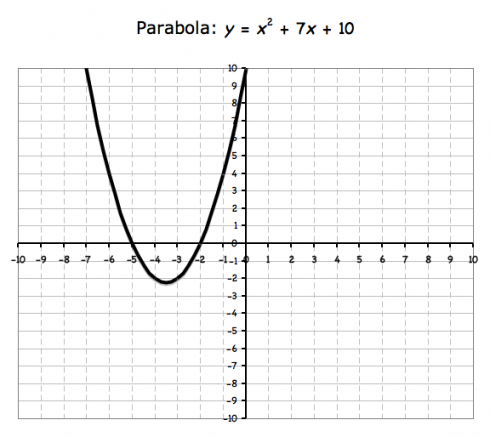The BBC has a fascinating article on the Finnish educational system; specifically, why it consistently ranks among the best in the world despite the lack of standardized testing. A couple things stand out to me as a Montessori educator.
The first is the use of peer-teaching. There’s a broad mix of abilities in each class, and more talented students in a particular subject area help teach the ones having more difficulty. It’s something I’ve found to be powerful tool. The advanced students improve their own learning by having to teach — it’s axiomatic that you never learn anything really well until you have to teach it to someone else. The struggling students benefit, in turn, from the opportunity to get explanations from peers using a much more familiar figurative language than a teacher, which can make a great difference. I give what I think are great math lessons and individual instruction, but when students have trouble they go first to one of their peers who has a reputation for excelling at math. In addition to the aforementioned advantages, this also frees me up to work on other things.
A second thing that stands out from the BBC article is how the immense flexibility the teachers have in designing their teaching around the basic curriculum coincides with a very progressive curriculum. This seems an intimate consequence of the lack of assessment tests; teachers don’t have to focus on teaching to the test and don’t face the same moral dilemmas. Also, this allows teachers to apply their individual strengths much more in the classroom, making them more interested and excited about what they’re teaching.
E.D. Kain has an excellent post on the video The Finland Phenomenon that deals with the issue specifically. It’s full of frustration at the false choices offered by the test-driven U.S. system.
(links via The Dish)




